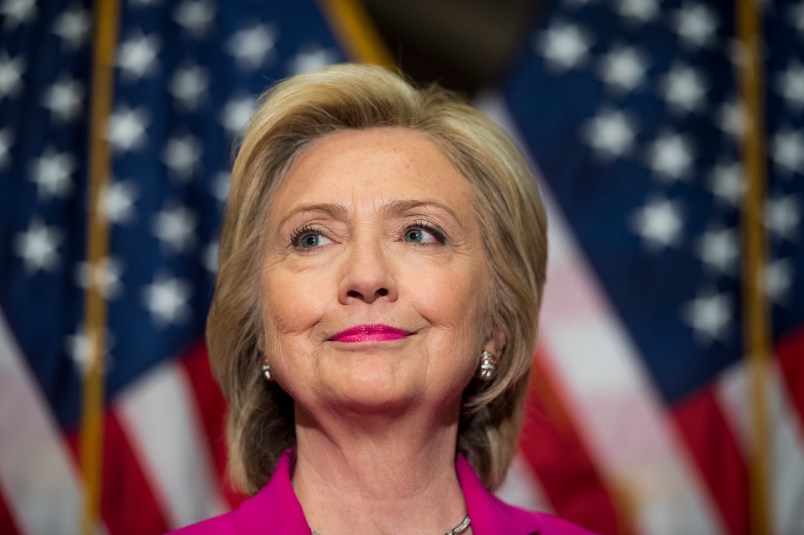I’ve watching this New York Times blockbuster about the now non-existent criminal referral about Hillary Clinton’s emails. And it is one of these stories that didn’t just come apart in one big way. It fell apart in several different big ways over the course of the day. Former Times reporter Kurt Eichenwald has a good dissection of how it all unfolded that makes a pretty good case that even now – post corrections and sorta retractions – the piece still contains major omissions and distortions.
One thing worth noting is that if you’re going to publish a piece that really lands a big blow on the Clintons, you really need to be a totally certain it’s not entirely wrong. Because, man, they will never let you hear the end of it!
But as I said in the title, how did this happen exactly?
Journalists get things wrong. You can do everything right and still get it wrong. That’s in the nature of writing the first draft of history. And that’s why a journalist’s greatest ally is fear and a bit of obsessive anxiety.
What I frequently tell reporters who I work with is to run this little thought experiment when you’re about to publish a big piece or something a lot rides on. Pretend that the story blows up in your face. And you have to explain to me or your editor what went wrong. If you’re the reporter in that case, you take your lumps but when you have that conversation, you really want to be able to say and explain how you covered every base, checked every box on the list and it still went wrong. When you go through that exercise it often makes you think of some box that hasn’t been checked that you really want to have checked if you find yourself in a real version of that hypothetical conversation.
As I noted this afternoon, a lot of this has a disturbing similarity to the Times Whitewater coverage, which dominated much of the Clinton presidency and turned out to be more either vastly over-hyped or in numerous cases simply false. And this is the Times! What’s supposedly to be the best paper in the country.
Does this happen because reporters get too in the habit of accepting opposition research leads and leaks and the stories are just too good to be true? Is the hunger for the big blockbuster too great? These are genuine hypotheticals because the reporters on this story are not hacks by a longshot. But the errors in this story seem so dramatic and so easily checkable that I feel like there’s something up at the Times. Not something nefarious, I don’t think. But some unexamined institutional bias, some over-haste to push out stories based on leaks from interested parties. Something. Because as it stands, it’s not just that the story doesn’t add up. We know that. They’ve admitted that. How this mistake got made doesn’t add up either.






